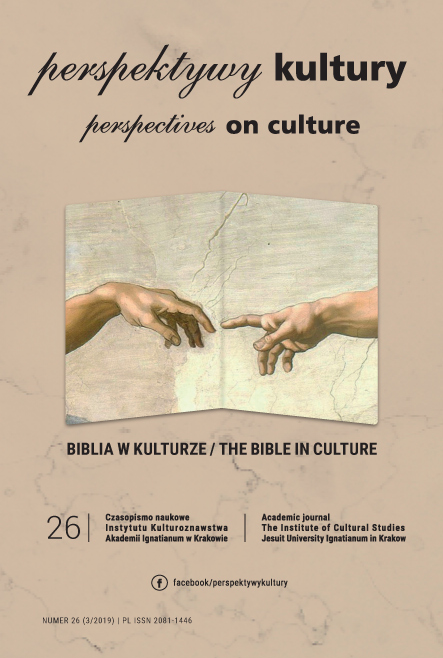The Legacy of Ancient Customs. The Extreme Way of the Cross
Abstract
The article presents what celebrating is and how it has evolved to our times. Phenomena which resulted in the crisis of customs at the turn of the 21st century are signaled. Historical events, twists and turn of civilization, and social transformations have caused a departure from the customs of folk tradition near the end of the 20th century. However, folk culture, which is characterized by traditionalism, has preserved many rituals. More and more people are participating, and the need to deepen spiritual religious experiences has led to new initiatives, such as the Extreme Way of the Cross.
References
Caillois R., Człowiek i sacrum, transl. A. Tatarkiewicz, E. Burska, Warszawa 1995.
Caillois R., Żywioł i ład, transl. A. Tatarkiewicz, A. Tatarkiewicz, Warszawa 1973.
Eliade M., Aspekty mitu, transl. P. Mrówczyński, Warszawa 1998.
Eliade M., Traktat o historii religii, transl. J. Wierusz-Kowalski, Warszawa 2000.
Kłoczowski J.A., Filozofia dialogu. Antologia tekstów źródłowych do wykładu, Kraków 2001.
Kłoskowska A., Kultury narodowe u korzeni, Warszawa 2012.
Maliński M., Pokochać życie, Poznań 1989.
Stryczek J., Ekstremalna Droga Krzyżowa, http://www.edk.org.pl/edk/o-nas/ idea.html (access: 12.08.2017).
Copyright (c) 2019 Jesuit University Ignatianum in Krakow

This work is licensed under a Creative Commons Attribution-NoDerivatives 4.0 International License.
Autor, zgłaszając swój artykuł, wyraża zgodę na korzystanie przez Wydawnictwo Uniwersystet Ignatianum z utworu na następujących polach eksploatacji:
- utrwalania utworu w formie papierowej, a także na nośniku cyfrowym lub magnetycznym;
- zwielokrotnienia utworu dowolną techniką, bez ograniczenia ilości wydań i liczby egzemplarzy;
- rozpowszechniania utworu i jego zwielokrotnionych egzemplarzy na jakimkolwiek nośniku, w tym wprowadzenia do obrotu, sprzedaży, użyczenia, najmu;
- wprowadzenia utworu do pamięci komputera;
- rozpowszechniania utworu w sieciach informatycznych, w tym w sieci Internet;
- publicznego wykonania, wystawienia, wyświetlenia, odtworzenia oraz nadawania i reemitowania, a także publicznego udostępniania utworu w taki sposób, aby każdy mógł mieć do niego dostęp w miejscu i czasie przez siebie wybranym.
Wydawca zobowiązuje się szanować osobiste prawa autorskie do utworu.





